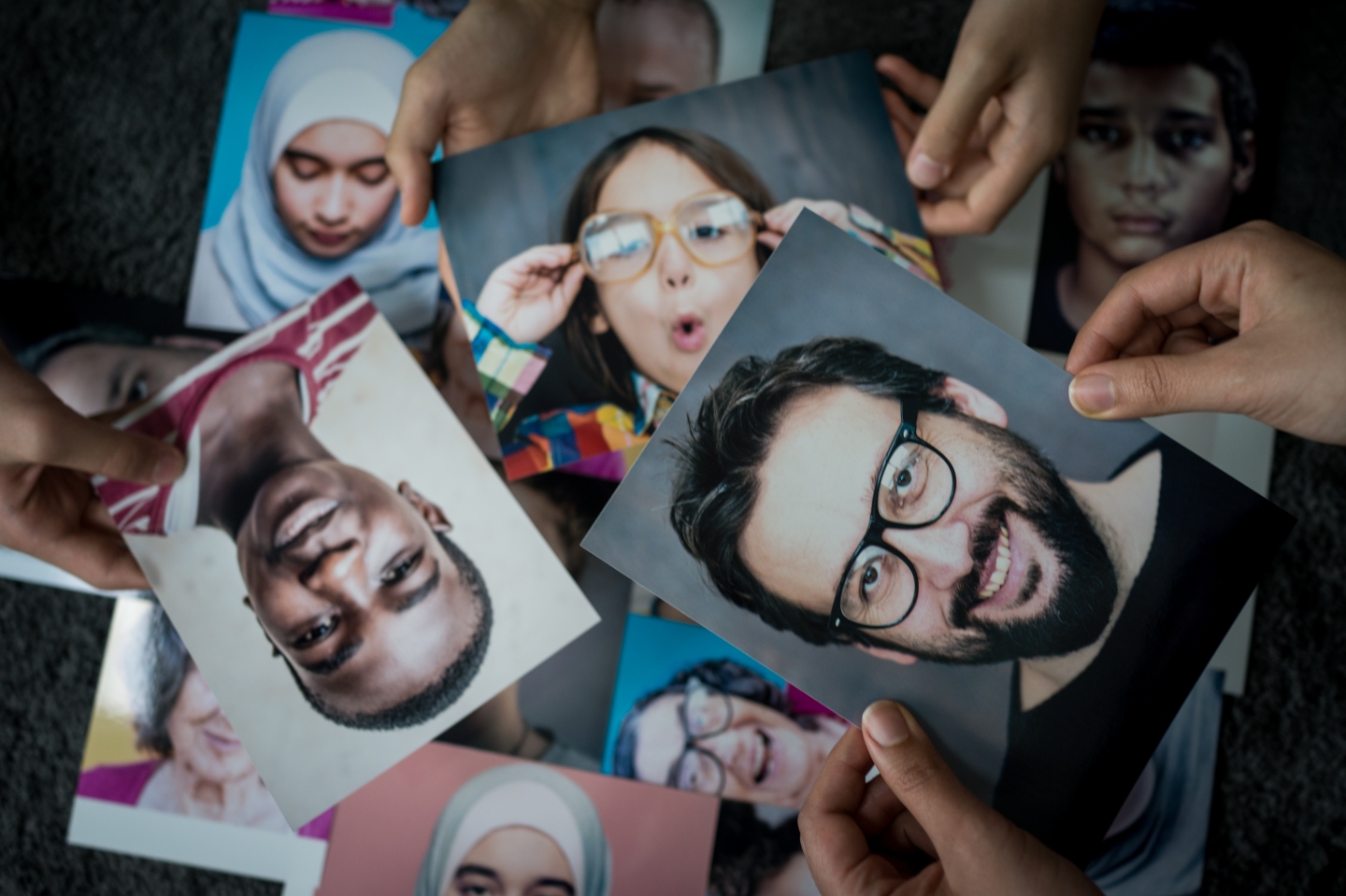Key takeaways
- Neurological issues like loss of taste and smell, difficulty concentrating, memory issues, and brain fog are common among long COVID patients.
- Now an odd new neurologic symptom has been documented for the first time: prosopagnosia.
- Prosopagnosia, a neurological disorder that makes distinguishing faces impossible, wasn’t identified in other long COVID sufferers interviewed by researchers. But similar issues were reported in other patients.
COVID was infamous in its early days for causing loss of taste and smell. Now, another odd neurological symptom has been documented: loss of the ability to recognize faces.
A report published this month in the journal Cortex describes the case of Annie, a 28-year-old woman who had no trouble recognizing faces prior to coming down with COVID in March 2020. Two months later, when her COVID symptoms returned, she began experiencing difficulty recognizing faces.
It’s the first documented report of prosopagnosia—a neurological disorder that makes distinguishing faces impossible—after COVID-19, according to the study’s authors.
“Previous studies of the long-term effects of COVID-19 have reported deficits in memory, attention, and concentration that substantially impair everyday functioning,” the authors write.
But “in addition to the well-known broad impairments, COVID-19 sometimes causes severe selective impairments like prosopagnosia.”
What’s more, researchers found similar symptoms—in the form of visual/perceptual and cognitive difficulties—in most other long COVID patients surveyed.
Annie recovered after an initial acute COVID illness in the spring of 2020, the authors write. But several weeks later, she began to feel disoriented, and that “something was off with faces.” At a family get-together in June of that year, she noted that she didn’t recognize her father, and that she couldn’t tell him apart from her uncle.
“My dad’s voice came out of a stranger’s face,” she told researchers, adding that she now relies heavily on her memory of strangers’ voices.
She also struggled on a test in which researchers asked to recognize faces of celebrities.
For Annie, the new and unusual symptom—apparently tied to long COVID—was especially disruptive: She works as a customer service representative and part time portrait artist. She now finds herself fully dependent on looking at photos of her subjects while drawing. Prior to COVID, she only had to reference a picture once every 15 or 30 minutes while working.
Now, “Faces are like water in my head,” she told researchers.
Annie now “equates looking at and then trying to remember faces to viewing a Chinese character without any knowledge of the language, and then being asked to reproduce it from memory,” the authors write.
But her newfound visual difficulties aren’t limited to faces. She also finds herself getting lost in the grocery store, forgetting where she parked, and driving in the direction opposite of where she intended to go, the authors add.
Annie has other symptoms of long COVID, the authors note, including relapses of COVID symptoms, fatigue, trouble concentrating, and brain fog. In November 2020, nine months after her first COVID infection, she began experiencing balance issues and frequent migraines, too.
To see if other long COVID sufferers were struggling with the same or similar issues, researchers surveyed a group of 54 others with the post-viral illness. They found that most reported major drops in their ability to identify people and objects, recognize voices, remember phone numbers, and understand what they read—though they didn’t find additional patients with the exact same condition.
With more than 200 symptoms identified—from lingering cough and fatigue to ear numbness and a sensation of “brain on fire”—long COVID is undoubtedly not one but multiple conditions, experts say.
True long COVID, some contend, is best defined as a chronic-fatigue-syndrome-like condition that develops after a COVID infection, similar to other post-viral syndromes that can occur after an infection with herpes, Lyme disease, and Ebola, among others.
Other post-COVID complications like organ damage should not be defined as long COVID and better fit into the larger umbrella category of PASC, some experts say. Also known as post-acute sequelae of COVID-19, the term is used to encompass a wide variety of COVID consequences, from chronic-fatigue-like symptoms and subsequent heart disease to lasting lung damage and odd new symptoms like urinary incontinence, itching, and skin lesions.
As of Jan. 16, 15% of U.S. adults reported having long COVID symptoms at some point in the pandemic, and 6% reported lingering symptoms, according to a Jan. 26 report by the Kaiser Family Foundation, citing data from the U.S. Centers for Disease Control and Prevention.
The percent of Americans who’ve experienced COVID and still report long COVID symptoms dropped from 19% in June to 11% in January, according to the report.













